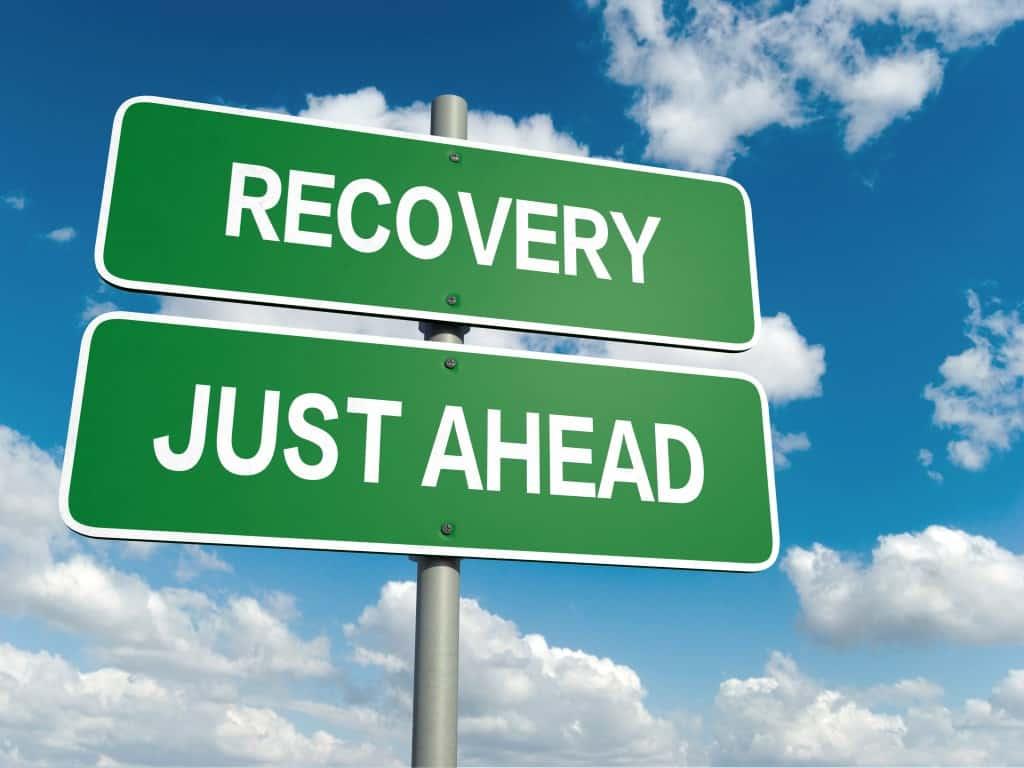In the symphony of a well-balanced cardio routine, rest days are the silent pauses that give rhythm and harmony to the pursuit of fitness. Often overlooked in the relentless march towards endurance and strength, these interludes of inactivity play a crucial role in the composition of a healthy lifestyle. They are the moments when the body, having danced to the beat of high-intensity workouts, takes a step back to rejuvenate and repair. Just as a musical masterpiece relies on its rests as much as its notes, a balanced cardio regimen depends on its rest days to achieve peak performance and avoid the cacophony of overtraining. This article delves into the understated yet indispensable role of rest days, exploring how these tranquil intervals can amplify the benefits of your cardio endeavors and sustain your journey towards holistic well-being.
Finding Balance in Motion: Understanding the Importance of Rest Days
In the quest for cardiovascular fitness, it’s easy to get swept up in the momentum of daily workouts. However, integrating rest days into your routine is crucial for achieving a sustainable balance. While the benefits of cardio exercise are numerous, from improved heart health to increased endurance, the body requires time to recover and repair. Rest days are not just about taking a break but are essential for preventing injuries, reducing fatigue, and maintaining long-term motivation.
- Physical Recovery: Rest days allow muscle fibers to repair and strengthen, reducing the risk of overuse injuries.
- Mental Refresh: Stepping back from the daily grind of workouts can refresh your mind, helping to maintain enthusiasm and prevent burnout.
- Performance Boost: Incorporating rest can actually enhance performance by ensuring you’re well-rested and ready to tackle the next session with full energy.
By embracing rest as a vital component of your cardio regimen, you create a harmonious balance that supports both physical health and mental well-being. Remember, even in motion, finding stillness is key to progressing forward.

The Science Behind Rest: How Recovery Fuels Cardiovascular Gains
When we engage in cardiovascular exercises, our bodies undergo a myriad of physiological changes. During these activities, the heart works harder to pump blood, delivering essential oxygen and nutrients to the muscles. However, the real magic happens during rest. It is during these periods of inactivity that the body repairs and strengthens itself, leading to enhanced cardiovascular performance. Rest days are critical as they allow the heart muscle to recover from the stress of exercise, reducing the risk of overtraining and cardiovascular strain.
- Muscle Repair and Growth: Rest allows micro-tears in muscle fibers, caused by intense workouts, to heal, leading to stronger and more efficient muscles.
- Hormonal Balance: Rest days help regulate hormones like cortisol and adrenaline, which can be elevated due to intense exercise.
- Injury Prevention: Taking a break gives joints and connective tissues time to recover, reducing the likelihood of injury.
- Mental Rejuvenation: Physical rest also aids in mental recovery, ensuring motivation and focus remain high.
Incorporating regular rest days into a cardio routine is not just about taking a break; it’s about allowing the cardiovascular system to adapt and grow stronger. By understanding and respecting the body’s need for recovery, one can maximize gains and enjoy a sustainable, balanced approach to fitness.

Listening to Your Body: Signs Its Time for a Break
Understanding when to hit pause is crucial for maintaining a harmonious balance in your cardio routine. Our bodies communicate through subtle signals that often go unnoticed in the hustle of daily life. Paying attention to these signs can make all the difference in your fitness journey. Persistent fatigue that doesn’t subside after a good night’s sleep is a common indicator that your body is craving rest. Decreased performance, such as slower run times or less stamina, suggests it’s time to ease off the gas. Furthermore, mood changes like irritability or lack of motivation can also be a whisper from your body that it’s time to recharge.
- Increased soreness: Feeling more sore than usual after workouts?
- Injury risk: Ignoring rest can lead to overuse injuries.
- Sleep disturbances: Struggling to get quality sleep?
- Elevated heart rate: Notice a higher resting heart rate than usual?
These cues are your body’s way of asking for a breather. Embrace rest days as a vital component of your routine, allowing your muscles to repair and grow stronger, and your mind to stay focused and motivated.

Crafting Your Schedule: Strategic Rest for Optimal Performance
Incorporating rest days into your cardio routine is not just a luxury—it’s a necessity for maintaining peak performance and preventing burnout. Strategic rest allows your body to repair, rebuild, and strengthen, ultimately enhancing your overall fitness journey. Without these essential breaks, you risk overtraining, which can lead to injuries, decreased performance, and mental fatigue. By thoughtfully planning rest days, you ensure that your cardiovascular system has the opportunity to recover, adapt, and grow stronger.
Consider these key elements when crafting your schedule for optimal balance:
- Listen to Your Body: Pay attention to signs of fatigue or soreness, which may indicate the need for a rest day.
- Vary Your Routine: Alternate between high-intensity and low-intensity workouts to give your body diverse recovery periods.
- Prioritize Quality Sleep: Adequate sleep is crucial for recovery, making it an integral part of your rest strategy.
- Include Active Recovery: Gentle activities like yoga or walking can promote circulation and aid in muscle recovery.
Closing Remarks
As we step off the treadmill and allow our heartbeat to find its natural rhythm, the importance of rest days in a balanced cardio routine becomes undeniably clear. These intermissions, often overlooked in the pursuit of peak performance, serve as vital intervals where the body mends, muscles rejuvenate, and the mind recalibrates. Like the rests between musical notes, they create a harmony that enhances the entire composition of our fitness journey. Embracing rest days is not an admission of weakness, but rather a celebration of balance, acknowledging that strength is forged as much in moments of stillness as in motion. So, as you lace up your sneakers and plan your next workout, remember to pencil in those precious pauses. After all, in the symphony of health, it’s the silences that often speak the loudest.
